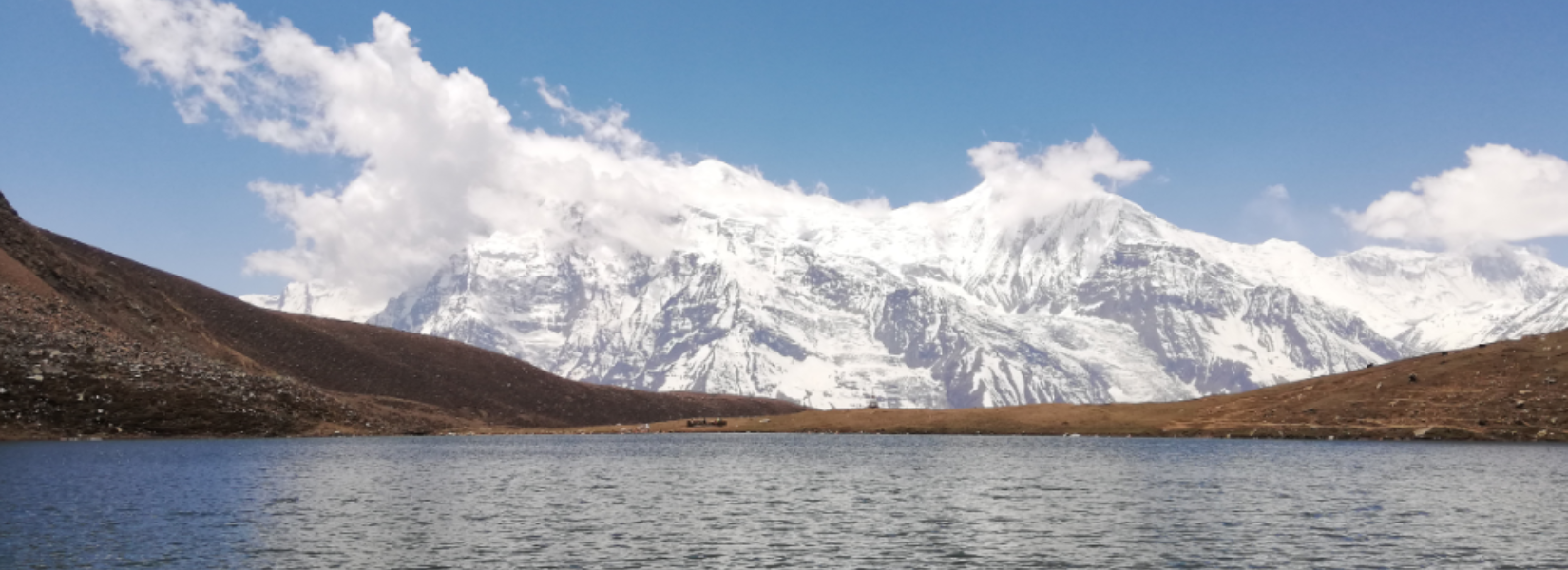About Chulu East Peak Climbing
Chulu East Peak Climbing offers the most beautiful views of the surrounding peaks, which are one of the most beautiful peaks in the Himalayan. This peak climbing is located in the Annapurna Himalayan Range at an altitude of 6584m from sea level. The climb involves a glacier crossing and a steep ascent to the summit, where most of the climbing will involve walking roped together. The trail will lead through the tranquil landscapes and traditional cultural heritage and take you by the way of the astonishing backdrop and walk through pine and rhododendron forests.
During the time of this peak climbing, we will get an opportunity to see mesmerizing views of mountains like Annapurna II, III, IV, Dhaulagiri, Gangapurna, Tilicho, and Manaslu Peak. This peak climbing is technically undemanding, and climbers must know how to use climbing equipment. The trail will offer views of majestic green hills, and through a wonderful variety of landscapes and culture is unforgettable. This beautiful climb is bounded by the Marshyangdi River and the Mesokanta La to the south. It is a popular trekking trail in the Annapurna region, where the trail follows the Marsyangdi River valley.
In 1955, this peak climbing is first climbed by German explorer’s expedition through the north-east ridge. On this peak climbing, we get an opportunity to learn about the culture and tradition of the Gurung people. While embarking on this peak climbing, climbers get to be introduced to pretty villages like the village of Humde and enjoy the thrilling trek to the various passes like Thorong La pass. During the time of peak climbing, we get an opportunity to visit Annapurna conservation area, where wildlife like Himalayan Thar is easily encountered. This beautiful peak climbing gives an opportunity to enter the beautiful villages of the Annapurna region.
Chulu east peak climbing difficulty
Chulu east peak climbing is moderate in grade. It only requires you to have a sense of adventure and dedication to the summit. This peak climbing is less technical, so it is better to have some mountaineering experience, and trekkers must know how to use climbing equipment. Some, difficulty which we have to face while embarking on this peak climbing is:
Altitude: On this peak climbing, we will trek to an altitude of 6584m from sea level. While trekking at high altitude, there is a high chance of suffering from altitude sickness. Altitude sickness is the most common difficulty which we must face while climbing this peak.
Weather and climate: The weather and temperature can be unpredictable and does not take time to get worse from bad while trekking in high Himalayan land. Only in the spring and autumn season is a perfect time to trek in the high Himalayan because, in these seasons, the weather and temperature are perfect.
